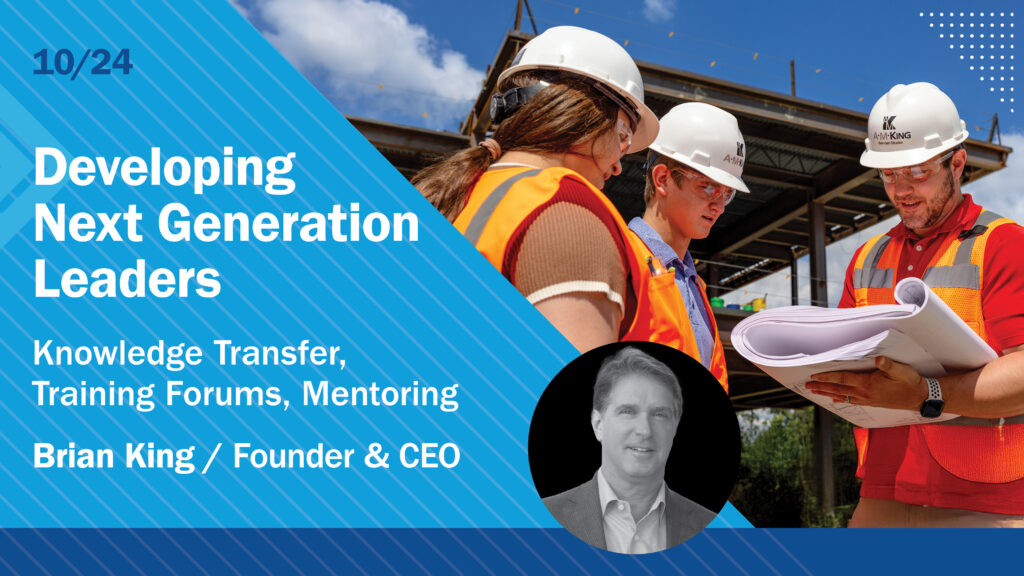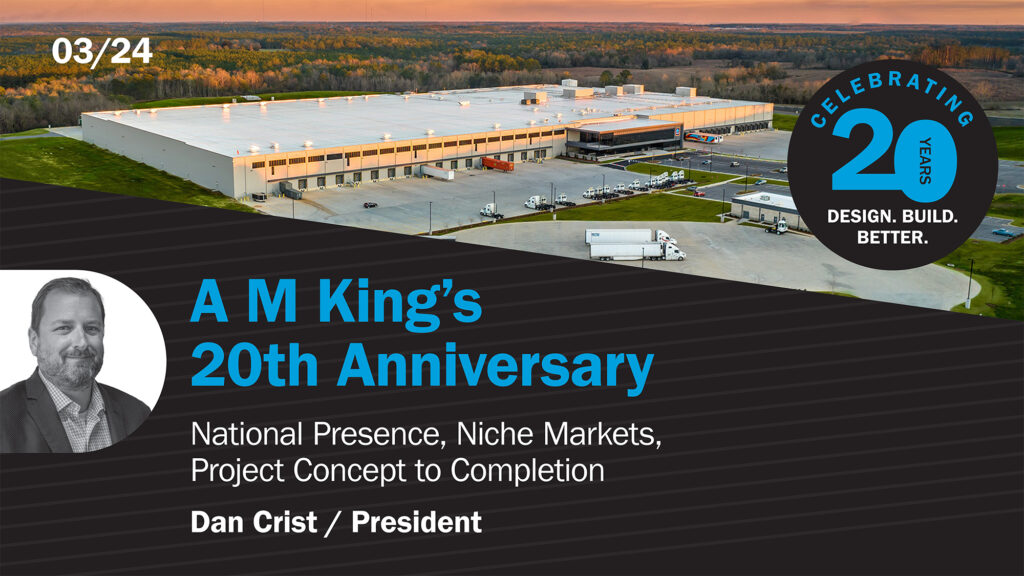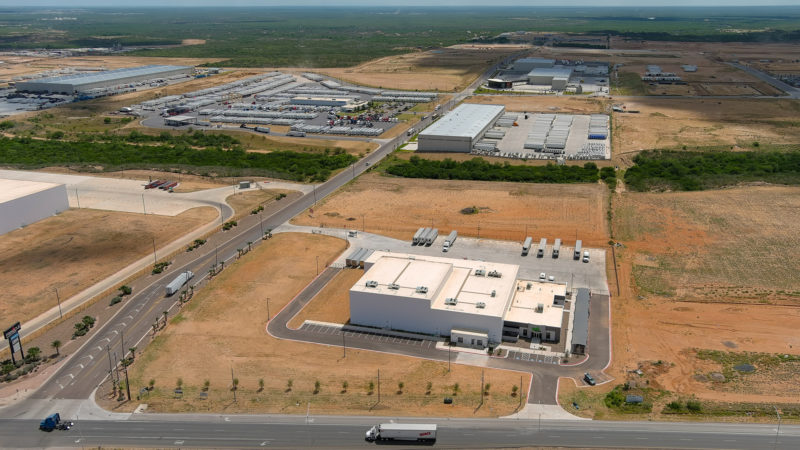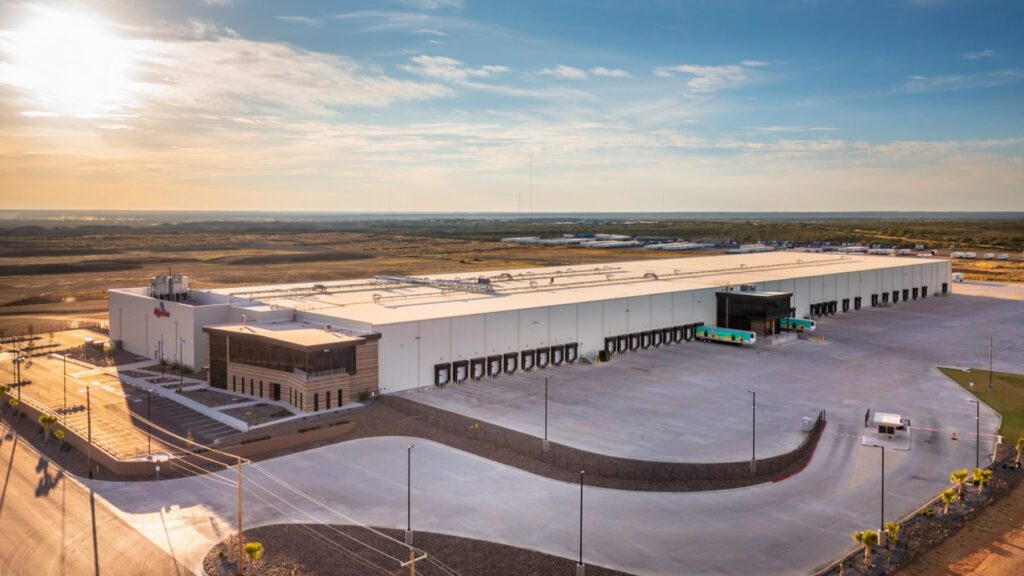
Tips for Improving the Property Selection Process
This article originally appeared in Food Logistics‘ April 2021 issue.
As food facility owners expand and grow their operations, they are often faced with the need to identify and purchase property to accommodate future growth. However, the property selection and analysis process, whether for a greenfield site or an existing building, is a complex process ripe with opportunity for costly missteps and unexpected financial consequences. Selecting the wrong property for development of a food processing or distribution facility results in higher initial costs, as well as continuing cost impacts lasting over the life of a facility.
I have conducted property selection and analyses for multiple firms on numerous properties and thousands of acres across the United States. When working with facility owners, I recommend taking a holistic approach, carefully evaluating all options, and taking into consideration both the initial development costs and the long-term future impacts of a potential property. Next, I ensure that a quality team of experts is assembled to address all concerns and take the necessary actions to determine the best property for growth and expansion of a business.
During the property selection and analysis process, there are numerous considerations that must be taken into account. Organized as Geographic, Initial Development Costs, and Future Impacts, each category contains a list of questions to be asked of every property being evaluated.
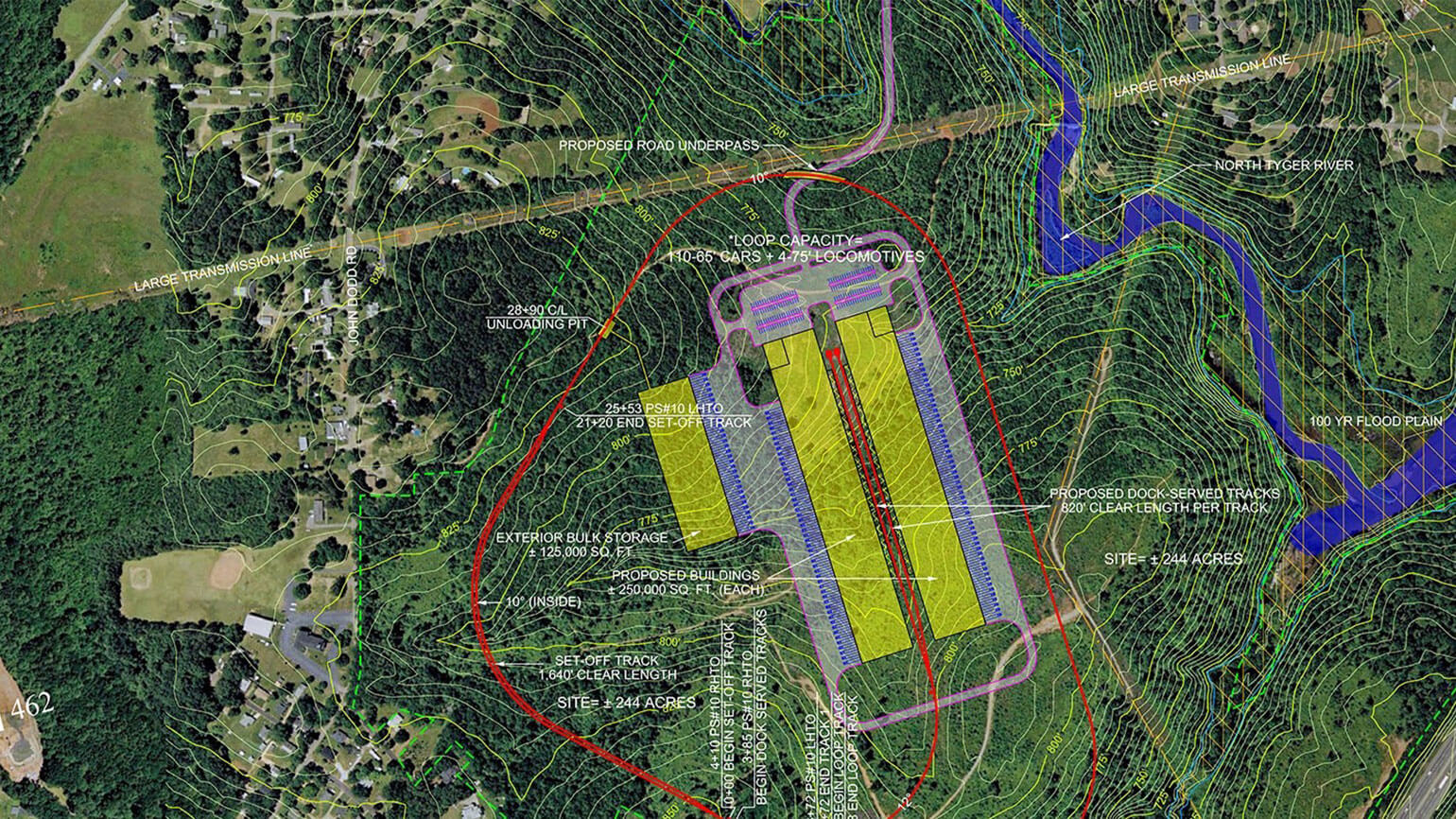
Geographic Considerations
Is the property located within a city or county, and what are the related municipal requirements and tax implications? Is the property located within a business park or an area with restrictive covenants? Is it in close proximity to an airport and subject to FAA oversight? Are there height restrictions, building size limitations or architectural requirements? What is the availability of transportation and logistics services and infrastructure? Are there sufficient municipal utilities and infrastructure? What is the availability of the workforce, education and training resources? Will this location logistically serve both the customer and supplier base?
Initial Development Cost Considerations
What is the sale price and is it comparable to other properties? What economic incentives are available? What are the site development costs, both known and unknown? Are there future expansion opportunities? Are there additional costs associated with utility and infrastructure development? Are traffic and roadway studies required? What are the building development costs related to the specific property? Will the proposed facility design function with the property? Are there significant municipal costs, including impact, permitting, usage and connection fees? Are there hazardous or unsuitable conditions requiring extensive remediation?
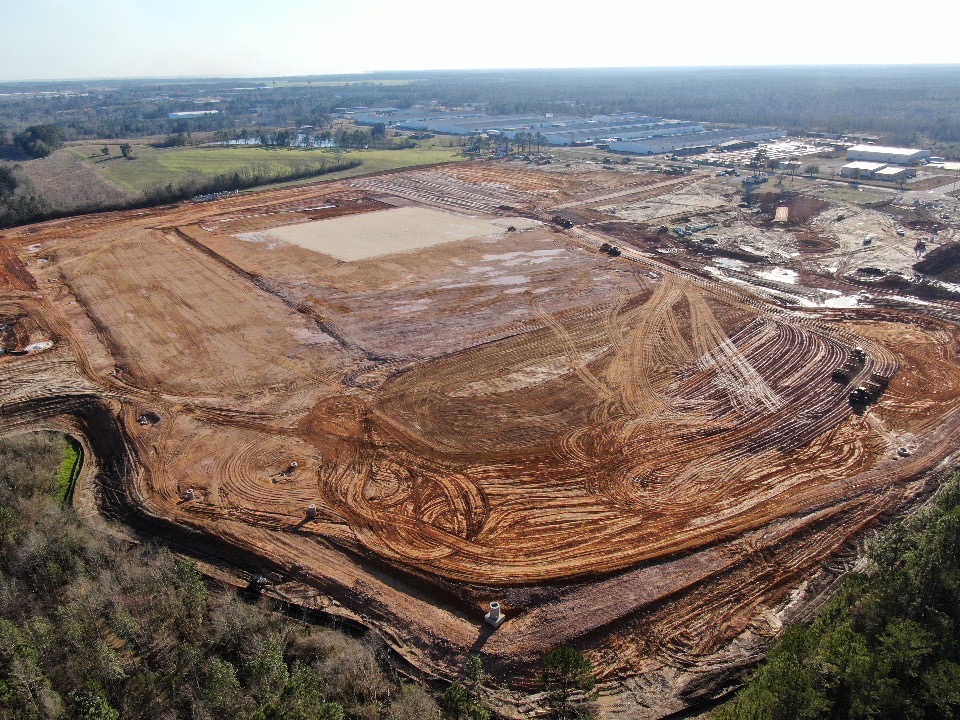
Future Impact Considerations
How will long-term transportation costs compare to the present costs? Are logistics subject to change with operational growth? Are municipal roadway changes planned? What tax assessments will be imposed over the next 20+ years? Can future expansions be accommodated at a reasonable cost? Will there be ongoing municipal fees? What are the long-term projected labor resources? Is the community projecting economic growth or decline?
Addressing each of these considerations can be difficult and requires specific resources. Real estate companies, economic development groups, engineering and construction firms and others offer specific services required during the property selection and analysis process; however, most do not offer the holistic knowledge and experience necessary to guide a facility owner through the entire process with an objective mindset.
Resources That May Fall Short
Real estate companies have expertise in identifying properties and confirming property values, as well as negotiating sales and purchase terms and conditions. However, real estate companies typically are not adept in assisting an owner in the complex process of property evaluation; determining if a parcel of land or an existing building is best suited for an owner’s unique development and operational needs; or in identifying potential hazards and future cost implications related to a piece of property.
Local Economic Development groups, usually staffed by municipal employees, are a valuable resource in site identification, data on workforce and training, and municipal information related to roadways or utilities. While these groups can be helpful in identifying valuable economic incentives, their focus is limited to development of new business within specific borders.
Engineering and construction firms are valuable in determining utility and infrastructure requirements, developing site and building layouts, and preparing initial development cost budgets. They typically have limited knowledge in real estate, property values, geographic evaluation, or availability of economic incentives.
Property selection and analysis is a management process. It requires an individual or team who has the knowledge and expertise to manage a number of entities – real estate professionals, municipal economic development offices, incentives attorneys, real estate attorneys, design firms, estimators and construction firms.
While there are firms that offer this service, facility owners should be very cautious in contracting with them.
Choosing the Right Property Selection Services Partner
When selecting a firm or individual to conduct a property selection and analysis, it is necessary to conduct a thorough review of their qualifications and experience. Ask pointed questions to learn what property services they have performed in the past, the types of properties, overall property sizes, and the geographic range of properties. Understand if they have the ability to conduct a complete analysis, or just specific aspects of the process. Ask to see a detailed and written example of their process for selecting, analyzing and evaluating properties. Determine if they have individuals dedicated to certain aspects of the property selection process or if they team with outside firms for specific expertise in certain areas. Finally, don’t be afraid to ask for references.
Clearly understand the fee structure firms charge for their services. One of the more concerning fee structures involves charging a percentage of either the property’s purchase price or the amount of economic incentives procured. Given that both purchase prices and economic incentive amounts can be significant, this can produce an exceedingly high fee. In most cases, it is best to agree up front to either an hourly rate or lump-sum amount. Finally, confirm how costs will be handled with any third-party firms such as estimators, designers, attorneys and others.
Without question, the property selection and evaluation process can be daunting. If not properly managed, it can lead to unanticipated and significant costs in the initial development of a facility, and over the life of a facility. By taking a holistic approach to the process, asking the right questions, considering all necessary aspects, and engaging a qualified and knowledgeable expert or team, food facility owners can save considerable money related to the costs of developing and operating their facilities.


